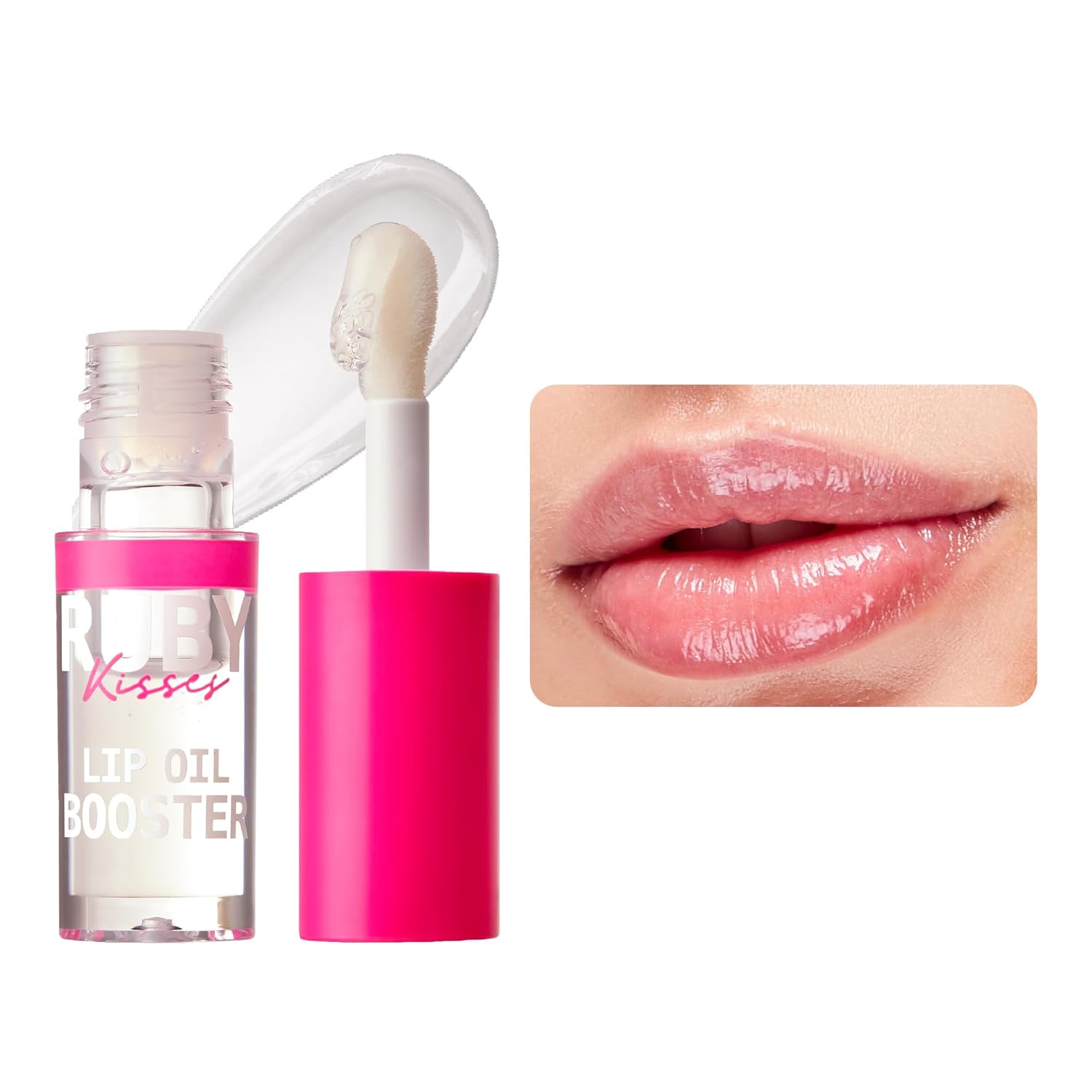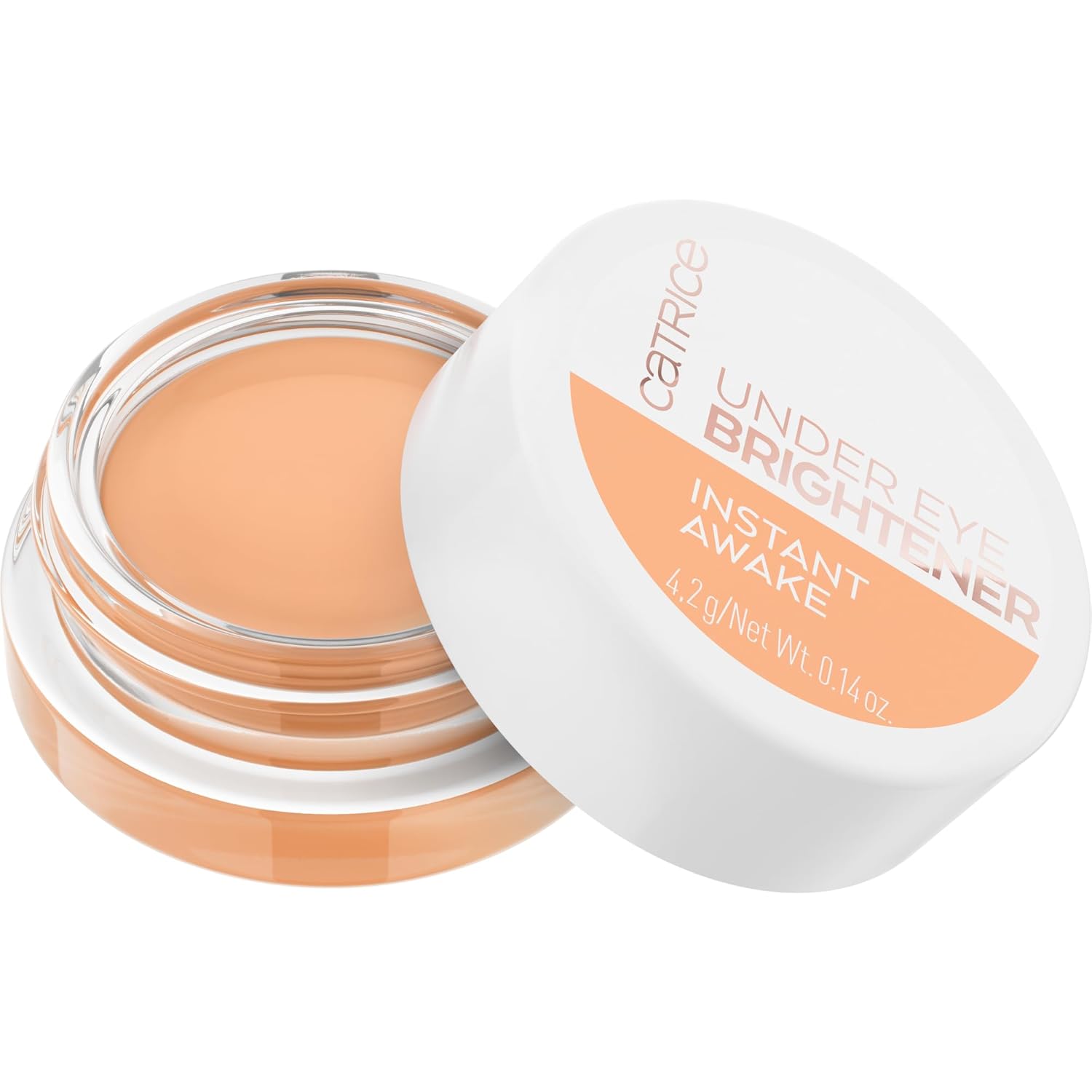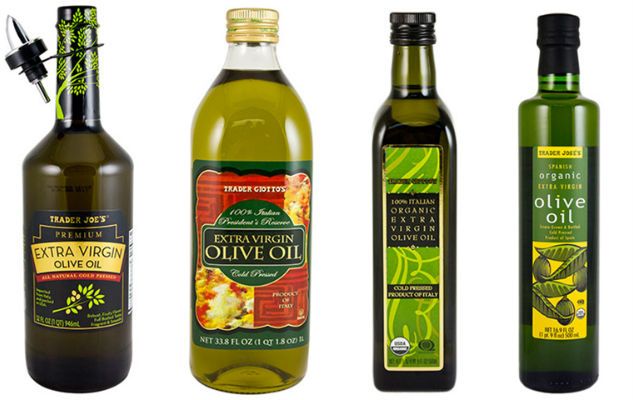
In the large encyclopedia of the world of natural organic living, there are literally dozens of oils from around the world that we use for multiple reasons, including hair remedies. Many of them are in our plain sight, readily available from the grocery store to the kitchen. One of the more popular oils that’s been commonly used for dry hair issues is none other than Extra Virgin Olive Oil.
Back to the Roots: Where does EVOO come from?
This Mesopotamian extract comes from the pressing of olives.Extra Virgin Olive Oil, also known as EVOO, can be found in many supermarkets and is sold by side-street vendors across the United States. Although this amazingly resourceful oil is easy to obtain, it’s not native to our homeland. In fact, EVOO originates from the Asia Minor, more commonly referred to as Ancient Greece. The bountiful olive plant grew along the Mesopotamian Fertile Crescent, which had rich soil and a large water supply. The oil is extracted by the first pressing of olives. Throughout this process, no heat, chemicals, or other additives are used to create Extra Virgin Olive Oil.
According to Olive Oil Times, Extra Virgin Olive Oil is the only one made without any specific industrial refining. Because this oil is authentic and pure, it’s considered an oil of a higher grade and one of the more expensive oils on the market.
How naturals use EVOO on their hair
Use it as a pre-poo, hot oil treatment, deep conditioner, or to seal moisture. There are many necessary nutrients available to your hair when using Extra Virgin Olive Oil. Naturalistas can incorporate this ingredient into phases of their hair washing and styling routine, from pre-poo treatments, to hot oil treatments, deep conditioners, and even as a sealant.What hair type benefits the most from EVOO?
Those with coily, dense hair that is dry or severely damaged should use EVOO. Two of the common issues that EVOO can resolve are frizzy and dry texture. At home, mix equal parts Extra Virgin Olive Oil and honey to infuse moisture deep into the hair strands.As a naturalista with a kinkier and dense hair texture, my scalp gets dry (especially in the winter months”>. Extra Virgin Olive Oil works to deeply moisturize, nourish, and condition the hair and scalp. Extra Virgin Olive Oil is composed of small molecules that allows it to easily penetrate the hair shaft straight to the cortex to create moisture from the inside out.
Other hair concerns that EVOO can help solve
EVOO aids in making damage easier to manage, and promotes healthy growth with its antioxidant power.Extra Virgin Olive Oil can help to repair damage that is caused from regular wear and tear. EVOO helps rehydrate the hair by penetrating the hair shaft and seals in any moisture. Over consistent use, you may notice that olive oil will help alleviate some of the dryness from damage. This doesn’t mean that EVOO will snap back severely damaged hair, it simply makes manageability easier and will not cause further damage.
EVOO can enhance hair growth. Because EVOO is a high grade of oil at its purest state, there are many antioxidants and nutrients that are beneficial in preventing hair loss.
Products that contain Extra Virgin Olive Oil
There are a small handful of products that contain EVOO (versus refined olive oil”>. These have shown results proving the effectiveness of this great hair miracle.
Carol’s Daughter Olive Oil Infusion ($17″>
This at home hair treatment that has a blend of Olive Oil, Lavender, Sage and Ylang Ylang oil which all work to infuse moisture into the hair strands and promote manageability. This at home system doesn’t only contain oil for hot oil treatments; the kit’s conditioning smoothie acts as a deep conditioner to improve elasticity.
Organic Root Stimulator Olive Oil Cream Shampoo ($7″>







This entire line contain olive oil and extra virgin olive oil in each product to incorporate moisture at every phase of the washing and styling process. This shampoo works to remove calcium and product buildup while other ingredients such as Aloe Vera and Vitamin E soothe the scalp and protect the hair throughout the washing process.
Nubian Heritage EVOO & Moringa Deep Conditioner ($15″>
This amazing deep conditioner is for any texture type and addresses multiple hair concerns. For those with dry hair as a result of severe heat or chemical damage, this product restores and balances moisture levels while transitioning out of damaged ends. It also provides a healthy protein-moisture balance while including many natural protein based ingredients.
Make your own EVOO deep conditioner
Do you use Extra Virgin Olive Oil in your natural hair remedies?

























